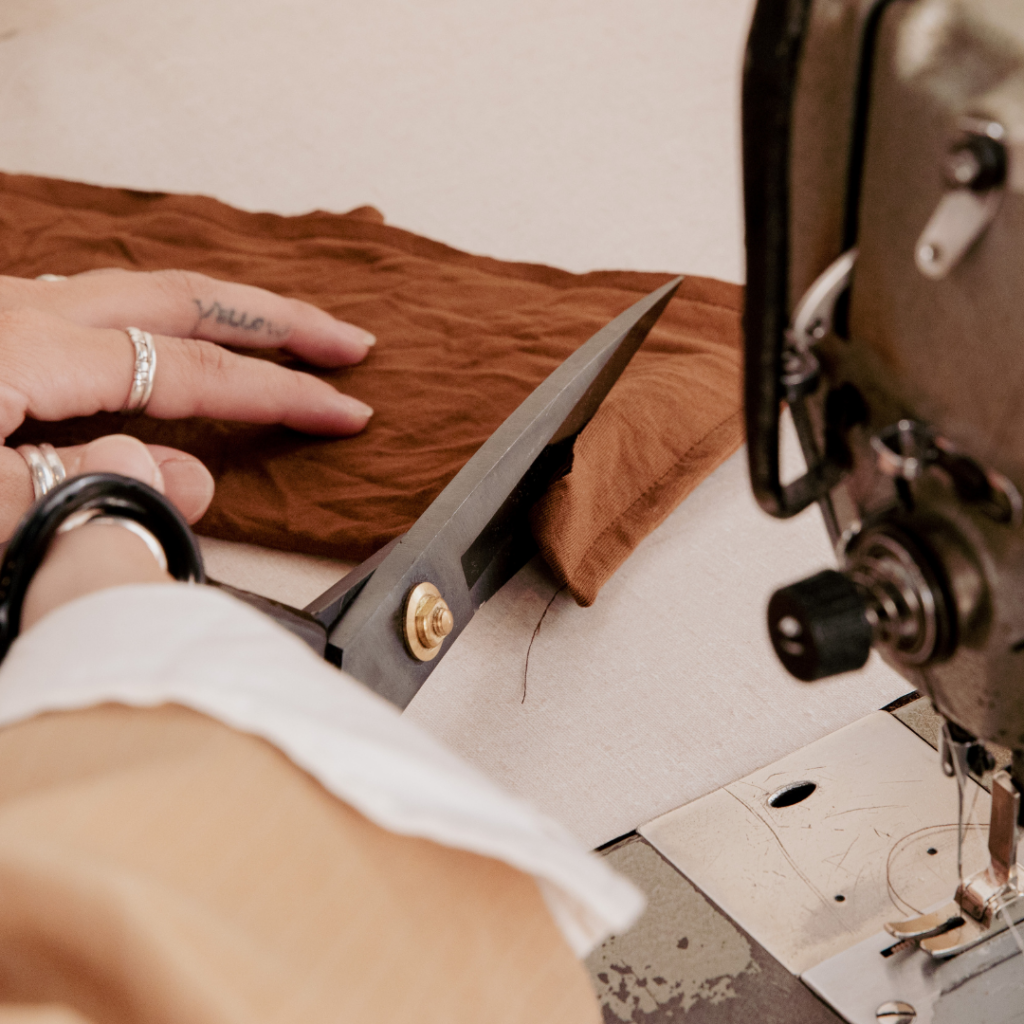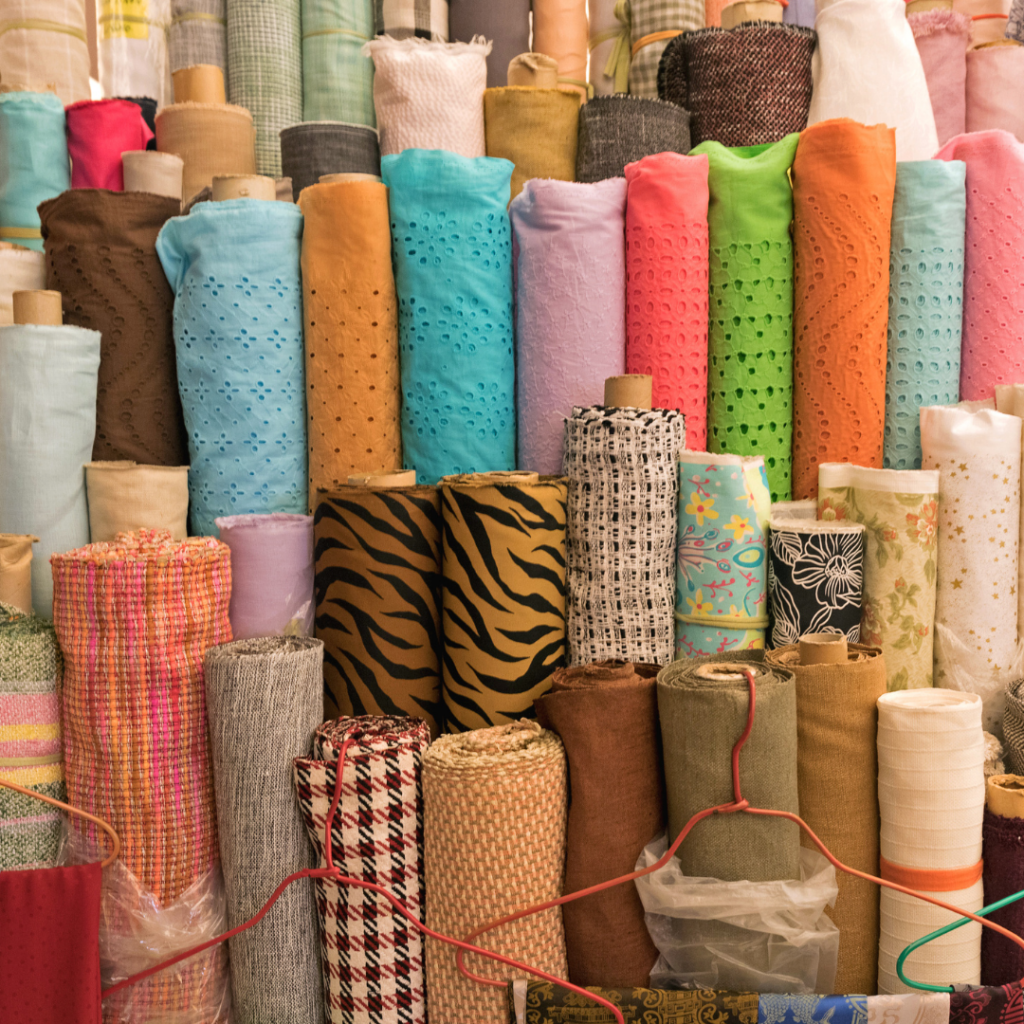Can You Copyright Fashion Designs?
There are some mixed messages out there about whether fashion designs are eligible for copyright protection. Some experts would say “no,” others would say “yes,” and they’re both right it depends.
It depends on what you mean when you say “fashion designs.” A fashion design could connote a number of things. It could mean sketches. It could mean a signature color, like Louboutin’s famous red bottoms. It could mean the way fabric and other design elements are cut and pieced together. It could mean the graphic designs that appear on clothing. It could mean a design imprinted into fabric.
Color
Copyright protection does not extend to colors. So if the fashion design you wish to protect is a signature color or a unique color scheme, copyright is not the avenue for you. But that doesn’t mean there are no options for protecting your intellectual property. Trademark protection is sometimes available in these instances.

Sketches
If you create original sketches of your designs, those sketches are protected by copyright law. That means that no one can copy, distribute, publicly display, etc. your sketch without your permission. However, copyright protects original expression, not ideas. So, because the protection is in the drawing itself, not the underlying idea, it does not necessarily prevent others from creating fashions that resemble your sketch.

Cut
The way that design elements are cut and pieced together is not protected by copyright. The U.S. Supreme Court recently addressed this topic in Star Athletica v. Varsity Brands, stating that copyright affords “no right to prohibit any person from manufacturing [clothing] of identical shape, cut, and dimensions.” But, again, that doesn’t mean there aren’t other avenues you can pursue. You may be able to protect your creation with a design patent. (And unlike copyright, a design patent can prevent others from creating fashions that resemble your sketch)

Graphic design
Copyright law protects the designs on the surface of clothing just as it protects designs on the surface of a canvas or sheet of paper. The U.S. Supreme Court also addressed this issue in Star Athletica v. Varsity Brands, stating that “two-dimensional designs appearing on the surface of [clothing]” including “combinations, positionings, and arrangements” of shapes, colors, lines, etc. are protectable by copyright.

Textile design
A producer of fabrics can rely on copyright to protect “designs imprinted in or on fabric- if the design contains a sufficient amount of creative expression.”


